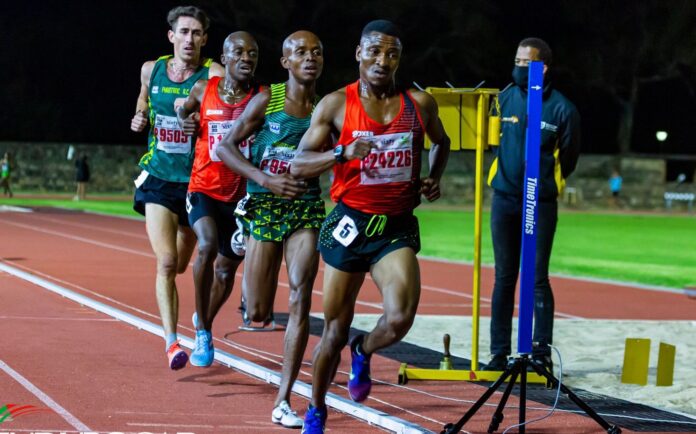
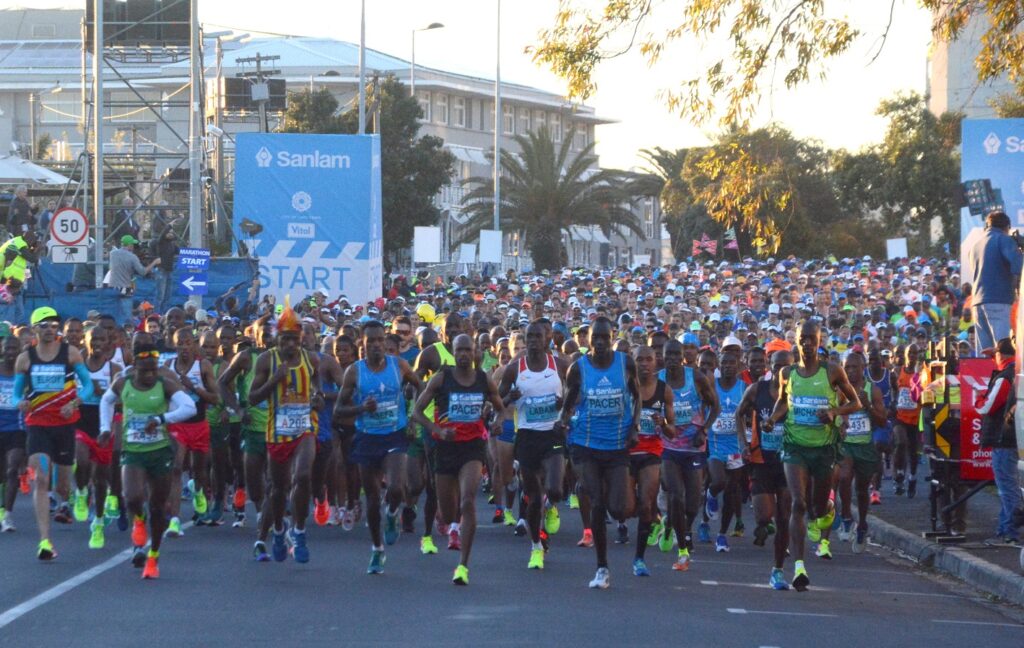
by Stephen Granger
Five athletes in the South African Olympic squad will be heading to the island of Hokkaido and the city of Sapporo, 800 km north of Japan’s capital and Olympic hub Tokyo, to take part in the women’s and men’s marathons, scheduled for 7 and 8 August respectively.
Over the next two weeks, SPNAfrica will introduce the team and their manager, former South African distance running great Hendrick Ramaala, as we reflect on the magic of the Olympic marathon. This regular column will analyse the chances of South African athletes in an event where the top twenty position represent a world class performance and the medal, an exceptional one.
In Stephen Mokoka, Elroy Gelant and Desmond Mokgobu, South Africa have arguably their best men’s marathon team ever, while Gerda Steyn and Irvette van Zyl are at the peak of their marathon careers, filled with belief, and confident of Olympic success.
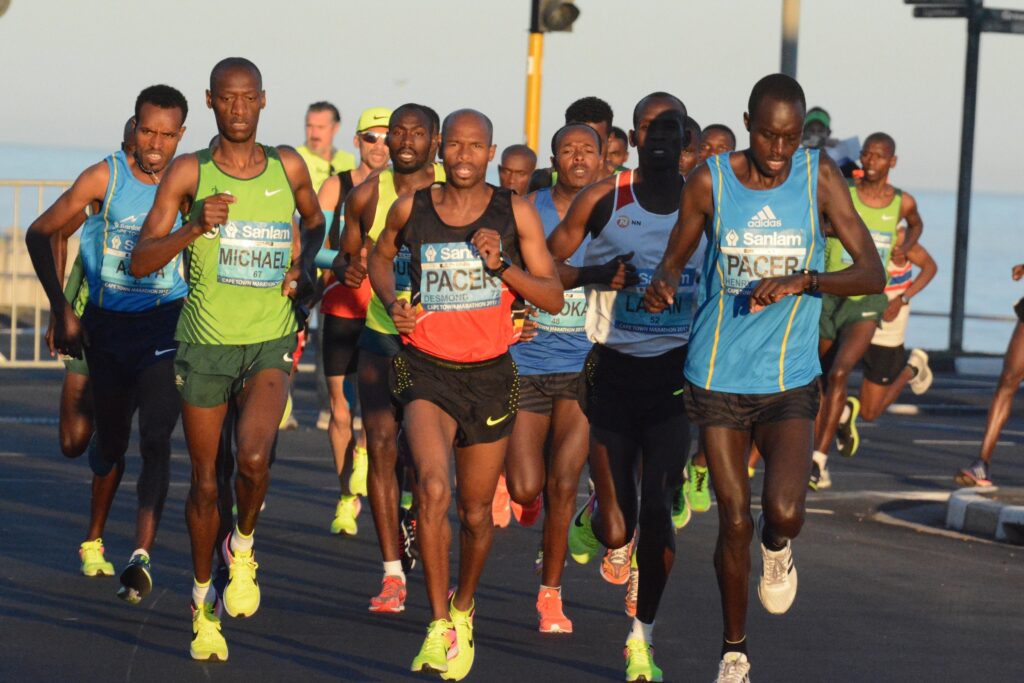
In this first episode, we look at the history of the Olympic Marathon and what awaits the South Africans in Sapporo.
Known as one of the blue-ribbon events of the modern Olympics, the marathon has a special place in the evolution of the ‘greatest sporting show on Earth’. The planners of the first modern Olympics in Athens in 1896, were looking for an event to recall the glory of ancient Greece and the idea was born of replicating the fabled journey of the Greek solider, Pheidippides, who ran from the Battle of Marathon to Athens to announce a memorable Greek victory over the invading Persian army in 490 BC.
The distance the plucky Greek messenger covered was about 40 km, which was approximately the distance used for the marathon for the first three Olympiads. But it was a royal decree from Windsor which forever changed the game. London hosted the 1908 Games, with the marathon planned to be run from a point near Windsor Castle and the White City Stadium.
But the monarchy demanded that the race start inside the castle grounds with the new distance measured at 42,195 km. In 1921, a commission appointed by the then athletics governing body opted to declare the distance run at the London Olympics as the definitive ‘standard marathon’ distance.
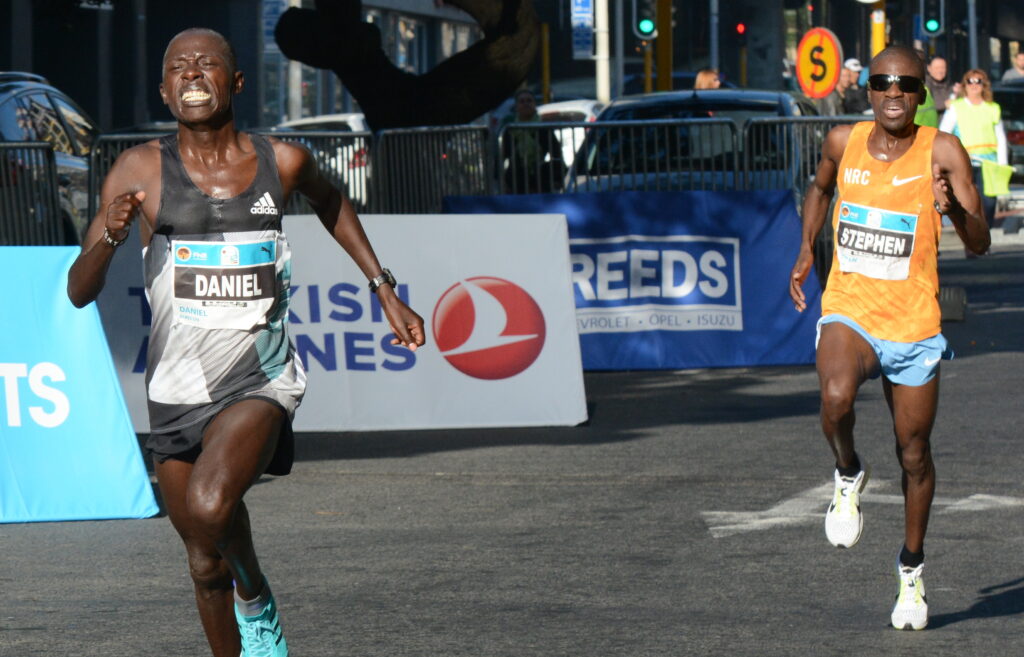
The marathon has traditionally taken place as the climax of the games, and since 1896 the event has delivered stories of extraordinary courage, commitment, tension and excitement.
Greek water carrier, Spyridon Louis, wrote his name into Olympic history by winning the 1896 Olympic Marathon, although his winning time of 2 hrs 58 min 50 sec, over a distance 2km shorter than today’s marathon, would now be comfortably be achieved by an average club runner.
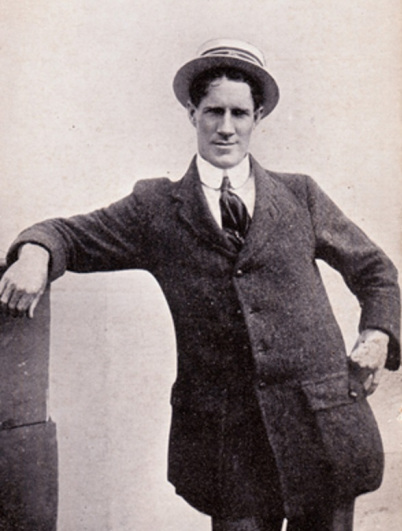
Kenneth McArthur, South African winner of the 1912 Olympics marathon gold medal.
Africa has come to dominate the marathon in the past two decades, but the continent’s first success in the Olympic Marathon came over a hundred years ago, when the South African pair of Ken McArthur and Christian Gitsham took gold and silver respectively at the Stockholm Olympics in 1912.
Africa had to wait almost fifty years before it’s next Olympic marathon success, but it was worth the wait, as it signaled the emergence of the great Abebe Bikila. Running barefoot in Rome in 1960, the Ethiopian won in an Olympic marathon record of 2:21:23, which he himself pulverized four years later in Tokyo, where he won in 2:12:11.
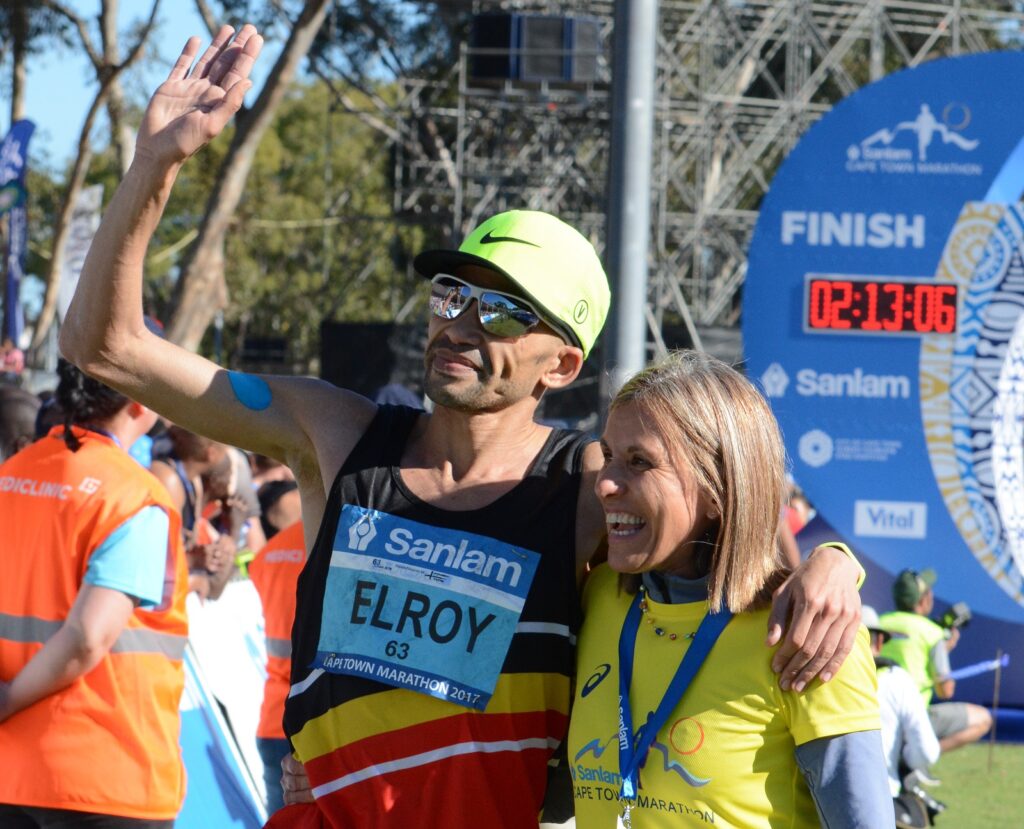
Remarkably, just forty days before the race in Japan, Bikila underwent surgery for an appendectomy, before becoming the first athlete ever to win two Olympic marathon golds in succession. East German Waldemar Cierpinski is only the second athlete ever to have achieved that remarkable double, having won in 1976 and 1980.
Ethiopian Mamo Walde followed in his compatriot Bikila’s footsteps, winning the high-altitude Olympic Marathon in Mexico City in 1968, but almost thirty years were to pass before the next African marathon gold was won. Named as a reserve on the South African Olympic team, the diminutive Josiah Thugwane grabbed his chance when Xolile Yawa withdrew, and upset the odds with a superb 2:12:36 win in Atlanta in 1996. Thugwane’s three second winning margin was the closest finish in the history of the event.
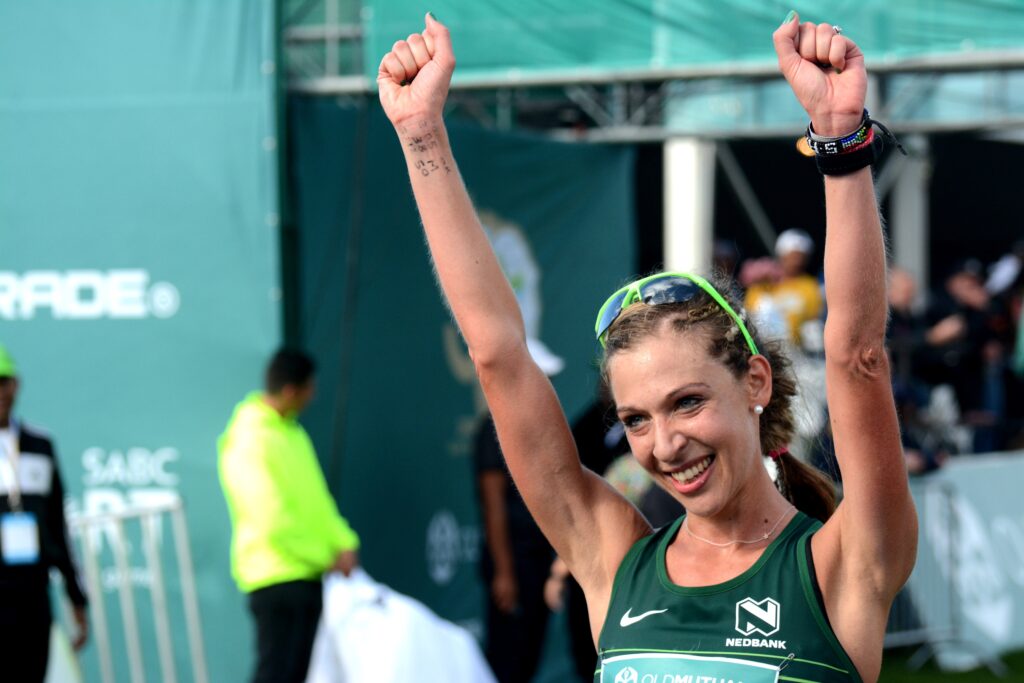
With the exception of the ‘return to Athens’ Games in 2004, when near-neighbour, Stefano Baldini of Italy, took the title, African’s have reigned supreme in the Olympic Men’s Marathon since 1996. Gezahegne Abera became the third Ethiopian, after Bikila and Wolde, to take the title, winning in 2000, with Kenyan Samuel Wanjiru taking gold in Beijing 2008, Ugandan Stephen Kiprotich in London in 2012 and marathon magician, Eliud Kipchoge, becoming the second Kenyan to win the title with a convincing victory in Rio in 2016.
And to underline African supremacy in the men’s marathon in recent times, Abera, Wanjiru and Kiprotich led African medal clean-sweeps, shutting out Europe, the Americas, Oceania and Asia from the podium in 2000, 2008 and 2012.

Women were only permitted to participate in the Olympic Marathon from 1984, when Joan Benoit won on home territory in Los Angeles. It was sixteen years before Africa claimed its first women’s title, with Ethiopian Fatima Roba joining South African Josiah Thugwane as marathon gold medallists in Atlanta in 1996.
Roba’s compatriot Tiki Gelana won in London in 2012 with Kenyan Jemima Sumgong completing Africa’s trio of women’s Olympic marathon titles in Rio in 2016.
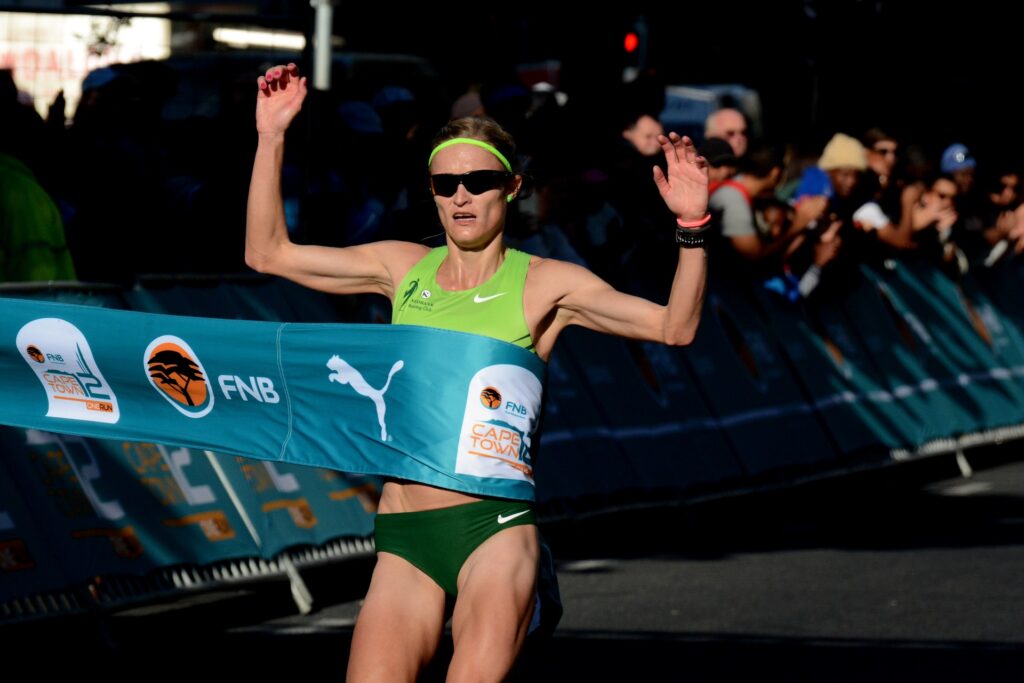
Unlike their male counterparts, Africa have yet to achieve a clean-sweep of womens’ marathon medals, although three Africans were on the podium in Rio. However, Kenyan-born, Eunice Kirwa, who took silver, was competing for her adopted country, Bahrain.
Traditionally the men’s marathon is the final event at the summer Olympics, finishing within the Olympic Stadium, and cheering fans often providing the backdrop to the finish of the marathon, as was the case in Atlanta which Thugwane and Roba won their respective races. This year’s men’s marathon will again take place on the final day, but the event has been moved a long way from the Tokyo stadium.
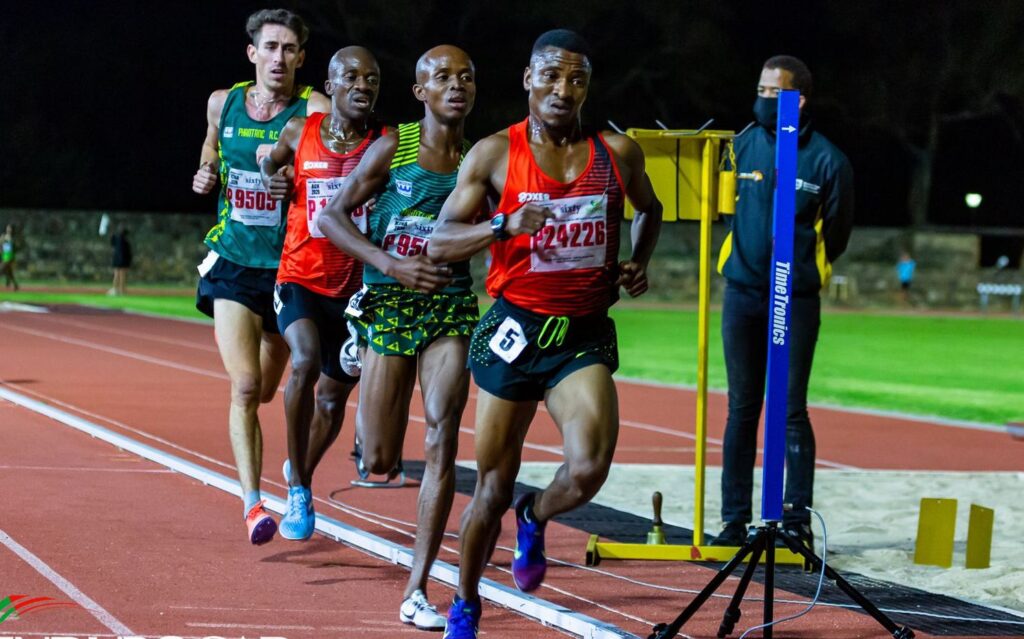
Due to the hot and humid weather in Tokyo in August, the 2021 marathon has been re-located to Sapporo on the island of Hokkaido, where the average temperatures are some 6 degrees lower than those of Tokyo. And the marathon route will follow the trend of COVID-elite races, where athletes race on a fast multi-lap course, rather than the single circuit or point to point courses in previous years, where an important criterium had been to provide the best possible showcase for the Olympic host city.
©SPNAfrica News
www.spnafricanews.com


